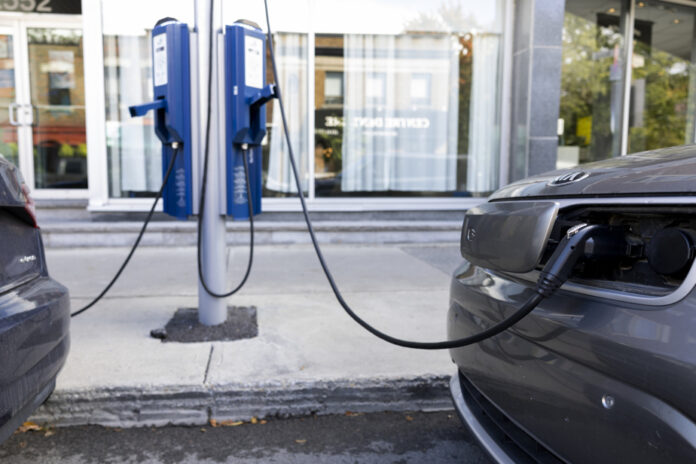The world relies heavily on the electrification of transport to ensure the future of the planet it inhabits. Too much.
Action is needed on several fronts to face environmental challenges, and the electrification of transport is surely one of them. The transport sector alone is responsible for 40% of total greenhouse gas emissions. But the impact of the hoped-for demise of gasoline engines may well be limited at best, negative at worst.
The beginning of the transition to electric vehicles has triggered an unprecedented race for the mining resources essential to this transition. The demand for lithium, nickel, copper, cobalt and graphite, in particular, is literally exploding.
According to the International Energy Agency, more than 200 kilograms of these minerals are needed to run an electric vehicle, compared to 30 kilograms for a gasoline-powered car.
All this exploration frenzy will not translate into exploitable mines tomorrow morning. And even in the best scenarios, production will not be enough to meet the growing demand generated by the energy transition, according to S
If there are not enough minerals on land, there may be some under the sea, and companies are interested in them. Mining exploration of the seabed, a heresy for environmentalists, is becoming a reality1.
The International Seabed Authority, an intergovernmental organization linked to the UN and created to exercise control over underwater activity outside the territories of states, is ready to give the green light to mineral exploration in certain areas. of the Pacific Ocean, justifying its decision with climatic arguments. Basically: the world needs these minerals to save the planet from environmental disaster.
The manufacture of vehicle batteries is also not a carbon neutral activity. Even in the hydroelectric paradise that is Quebec, the future battery materials factories that will be set up there will be powered by natural gas.
Emissions related to the manufacture of electric vehicles are 40% higher than those of gasoline vehicles, precisely because of the extraction and refining of minerals, estimates the firm McKinsey2. This is without mentioning the fact that electric cars will do nothing to solve the problems of congestion on the roads, a major source of pollution.
Several countries have already programmed the end of sales of new gasoline vehicles in 2035. This is the case of Canada and Europe. In the United States, the goal is for two-thirds of vehicles sold by 2032 to be electric. In any case, even in countries that do not have this kind of objective, the number of electric vehicles in circulation should increase considerably, even if the electricity that will power them is from fossil sources.
Electricity networks have also undertaken their energy transition and progress is rapid, but not enough. In 2022, solar and wind energy generated 12% of all the electricity produced in the world. But coal remains the main source of electricity in the world, with 36% of total production.
In the United States, 60% of the electricity consumed comes from gas (40%) and coal (20%) power plants, according to the US Energy Information Agency (EIA).
Before contributing positively to the environmental balance of the transport sector, electric vehicles will contribute to increasing this balance.















